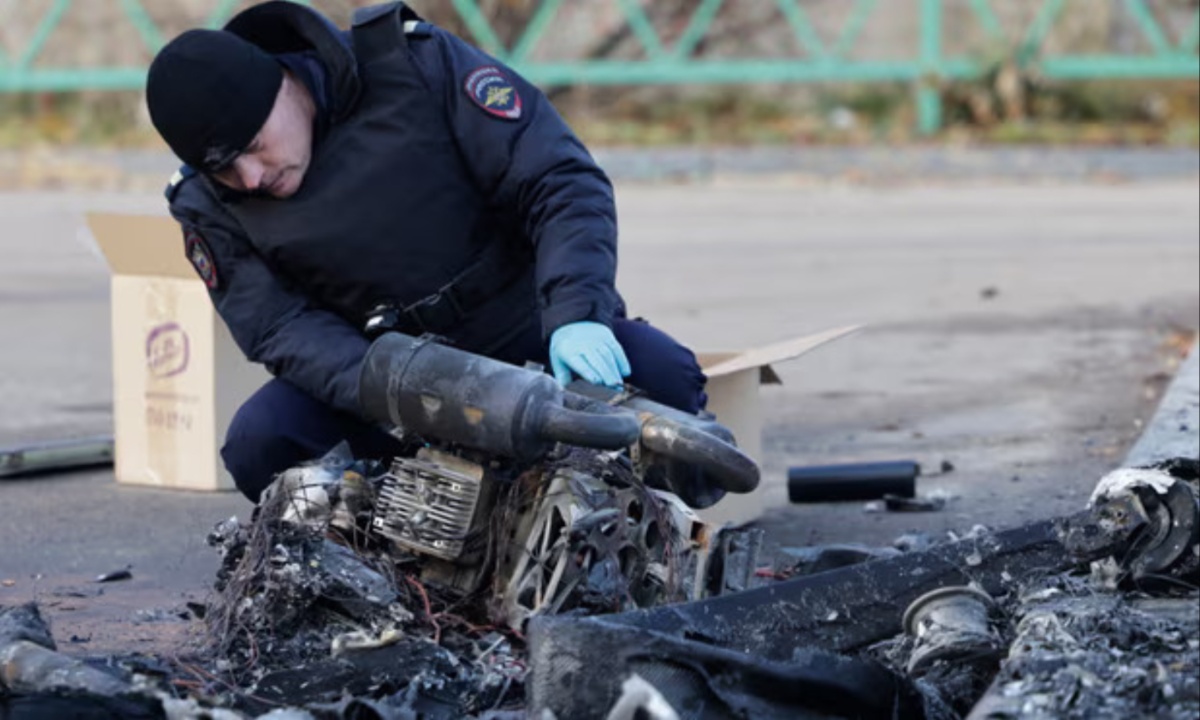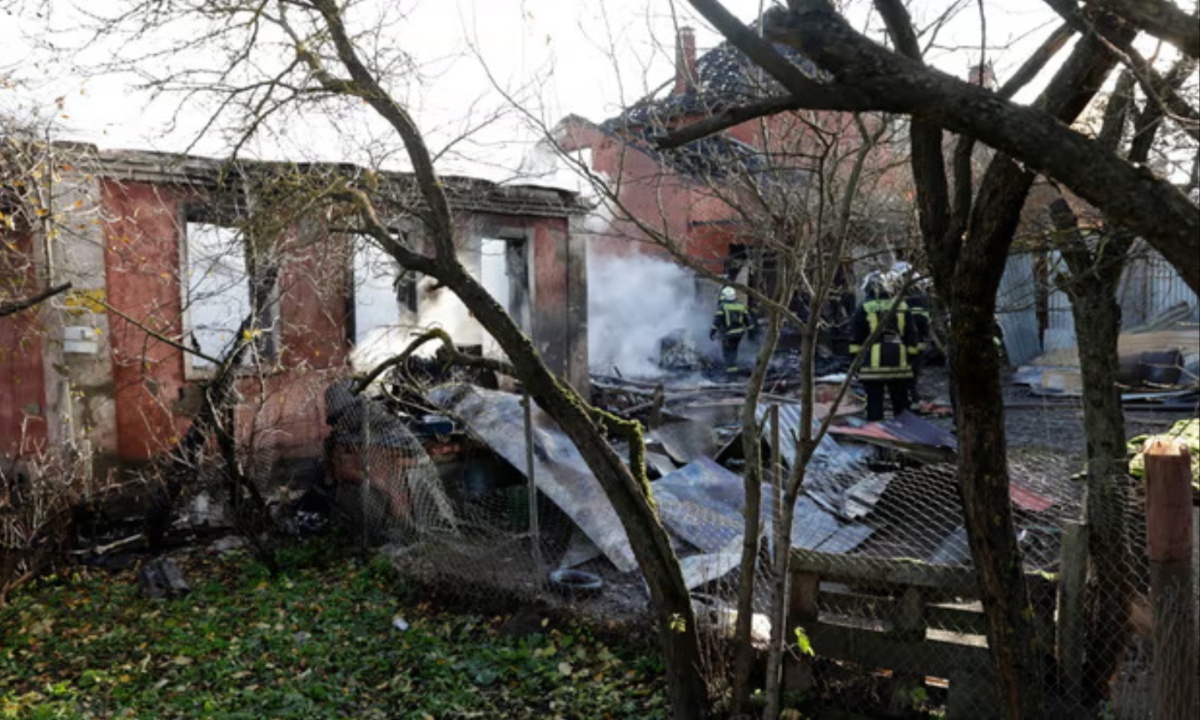Russia and Ukraine recently carried out their largest drone attacks since the war began. Russia intercepted 84 Ukrainian drones, some of which were heading toward Moscow, causing flight diversions at three major airports. In retaliation, Ukraine’s air force reported shooting down most of the 145 drones launched by Russia across Ukraine on the same night. These strikes mark an intensification of drone warfare in the conflict.
Ukraine’s attack on Moscow was the largest on the capital since the war started, with drones intercepted in surrounding districts, including Ramenskoye, where falling debris injured five people. Drone strikes on Moscow have been frequent, including earlier attacks near the Kremlin and other key locations. The escalating attacks have caused increasing concern over the vulnerability of Russian territory.

Russia and Ukraine Intensify Drone Warfare with Largest Attacks Since War Began
In Ukraine, Russian drones hit the Odesa region, injuring at least two people and causing significant damage to buildings. Ukraine’s air defense systems shot down 62 Russian drones, while others either crashed or retreated back to Russian airspace. Despite successful interceptions, both countries continue to suffer casualties and infrastructure damage from ongoing drone barrages.
October saw Russia making its largest territorial gains since March 2022 but at a high cost. Russian forces experienced their deadliest month, with about 1,500 casualties per day. This reflects the heavy losses Russia faces despite the territorial progress made on the frontlines.
Amid these developments, speculation about U.S. involvement in the conflict grows following Donald Trump’s election win. Trump, who claimed he could end the war quickly, has hinted at focusing on peace rather than supporting Ukraine’s territorial recovery. The Kremlin has expressed optimism about Trump’s stance on peace, though his spokesperson distanced him from some comments about the war’s resolution.











































